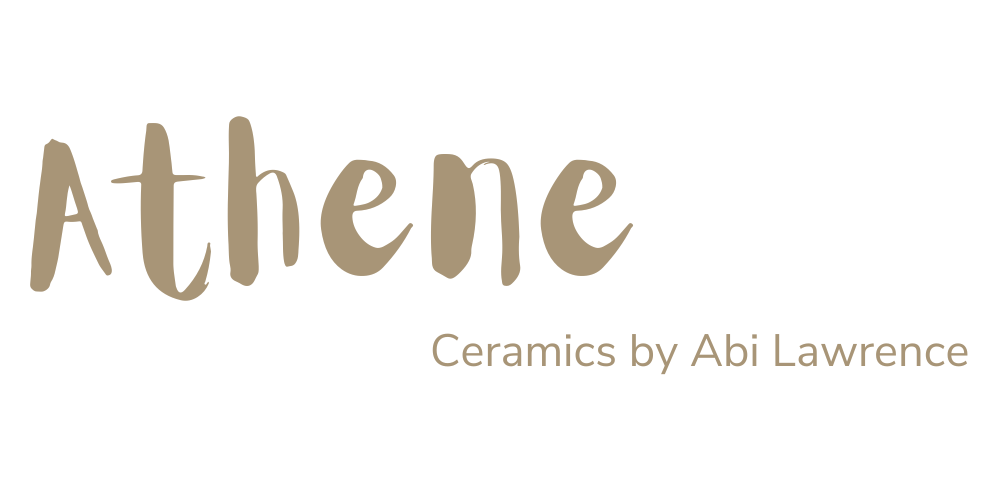Firing: Reduction vs. Oxidation
Introduction
Welcome back, pottery enthusiasts, to another post on the wonderful world of ceramics! Today, we're delving into the captivating realm of firing techniques, specifically focusing on the intriguing differences between reduction and oxidation firing. Whether you're a seasoned potter or a curious beginner, understanding these firing methods can elevate your pottery creations to new levels of artistry. So, let's dive in and unravel the magic behind reduction and oxidation firing!
Reduction Firing: how it works
Imagine a dance of flames swirling around your pottery pieces, each embracing unique transformations in a reducing atmosphere. Reduction firing is a process that involves firing ceramics in an environment with limited oxygen, often in a kiln with open flames such as gas or other combustible firings, where the oxygen supply is restricted or controlled. The flames need oxygen to burn (as we all learned in school) and when all of the oxygen in the air has been burnt in the absence of oxygen, the flames take oxygen molecules from your work, creating a reaction between the clay and glaze materials, leading to enchanting results that can't be achieved through any other method.
In reduction firing, the lack of oxygen influences the firing process, causing carbon from the clay body and other organic materials to bond with metals present in the glazes. This interaction creates captivating effects like rich earthy tones, metallic surfaces, and vibrant crystalline formations. The magic lies in the alchemical dance between materials, with the final appearance depending on factors such as temperature, firing duration, and the specific glaze and clay used.
Effects on Glazes and Clays
Reduction firing can cause beautiful glaze results that can be difficult to recreate in another scenario. Copper, for instance, can shift from bright greens to deep reds and even iridescent hues, lending an element of surprise to each firing. Iron-rich glazes might display mesmerizing speckles and textures that evoke a sense of natural beauty. Porcelain clays can turn translucent, creating an ethereal quality that adds depth to your creations.
Unfortunately reduction firing, due to the nature of using gas or other combustibles, can be more challenging for beginner potters, as the firing must be highly controlled, and working with these types of kilns is intimidating for most. Electric kilns, at least here in the UK, are far more common and much simpler to use.
Oxidation Firing: Embracing Brightness
On the other side of the spectrum, we have oxidation firing, a technique that celebrates the vibrant, natural colors of ceramics. In contrast to reduction firing, oxidation firing takes place in an environment with an ample supply of oxygen. This enables materials to burn cleanly, revealing their inherent hues without the dramatic alchemical reactions of reduction.
The Process Unveiled
The presence of oxygen encourages the combustion of carbonaceous materials, leaving behind bright and vivid surfaces. This firing method is widely used for producing functional ware, as it ensures consistent results and a broad palette of colors.
One of the primary advantages of oxidation firing lies in its predictability. Potters can more reliably reproduce their desired colors and finishes, making it a popular choice for pieces that require uniformity, such as dinnerware sets or functional vessels. It is also much easier to use a standard electric kiln for most beginner potters. However, there will always be certain effects, that can only be achieved through reduction firing.
Choosing Your Firing Adventure
As a potter, the choice between reduction and oxidation firing depends on your artistic vision and the effects you aim to achieve. Reduction firing offers a realm of mystery and surprise, perfect for creating one-of-a-kind art pieces that captivate the imagination. On the other hand, oxidation firing provides a dependable route to striking colors and consistent results, making it a go-to for functional ware and designs that demand predictability.
Whether you're drawn to the captivating transformations of reduction firing or the reliable vibrancy of oxidation firing, each method offers a unique journey of creativity and discovery. So, embrace the dance of flames, experiment with glazes, and explore the endless possibilities that these firing techniques bestow upon your ceramic creations. Happy potting!

